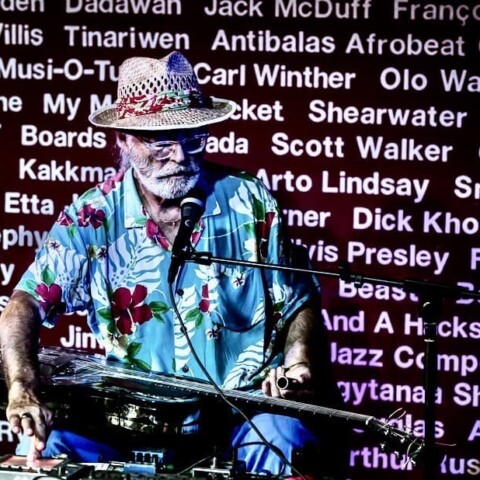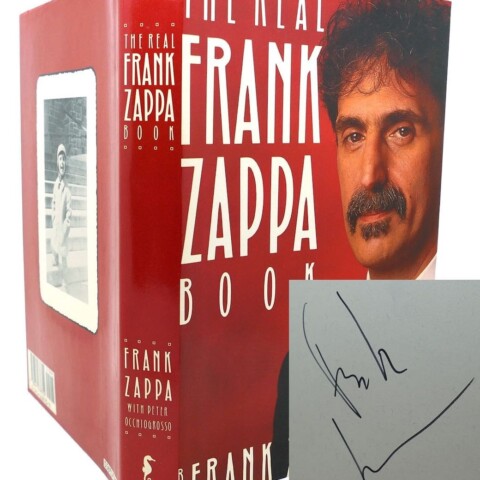 THESE RECORDINGS COULD be safely categorised as soundscapes. They have the atmosphere of an analogue audio test pattern laced with an occasional ghosting Buddy Holly meets the blues interference. Conceived as ‘modern blues songs’, Lynch and producer Dean Hurley have come up with an artifact not to be sneezed at, but still suffering from a kind of William Burroughs-like first thought best thought first draft lack of precision.
THESE RECORDINGS COULD be safely categorised as soundscapes. They have the atmosphere of an analogue audio test pattern laced with an occasional ghosting Buddy Holly meets the blues interference. Conceived as ‘modern blues songs’, Lynch and producer Dean Hurley have come up with an artifact not to be sneezed at, but still suffering from a kind of William Burroughs-like first thought best thought first draft lack of precision.
In its defence, and this sounds like a cliché, but ‘The Big Dream’ kind of is a movie for your ears. It has the surreal foreground but invisible underbelly you might crave from a David Lynch marathon on repeat, still wanting to get to the bottom of it all. Most probably this work is also ideal for long-distance driving, but not the purely listening kind. You’d want to be watching this movie while you drove. In the late ’70s when they first made little TVs for cars, this album could have fit in perfectly as it has a visual aspect to it as opposed to a solely auditory one.
Russian composer Alexander Scriabin’s colour system for the interpretation of musical notes came to mind early in the piece. Here we have a consistent orangey-brown rust with shades of grey looping around each other – perfect for parking up and gazing out over the southern Californian Salton Sea or somewhere equally as drab. You probably wouldn’t stick that out for long, which is exactly how I initially felt listening to this. But I made the effort knowing there’s more to Lynch than certainly I or probably anyone could completely understand.
 These mood pieces work best when the drums, though often not live, at least appear to be ‘real’ samples – Most notably at the beginning of ‘Star Dream Girl’, a proto T-Bone Burnett meets Status Quo at the disco dirge. I think it best to not even expect songs per se here, but to take in the Dali-esque swampland this music expects you to wade through. But it’s hard to walk with a lack of focus as in the cover of Bob Dylan’s ‘The Ballad of Hollis Brown’, barely noticeable due to it integrating into a landscape that apparently eschews the importance of lyric perception.
These mood pieces work best when the drums, though often not live, at least appear to be ‘real’ samples – Most notably at the beginning of ‘Star Dream Girl’, a proto T-Bone Burnett meets Status Quo at the disco dirge. I think it best to not even expect songs per se here, but to take in the Dali-esque swampland this music expects you to wade through. But it’s hard to walk with a lack of focus as in the cover of Bob Dylan’s ‘The Ballad of Hollis Brown’, barely noticeable due to it integrating into a landscape that apparently eschews the importance of lyric perception.
Instrumentally there is little to over-excite in what becomes after a few songs a grinding pea soup, and the constant megaphone-like vocal effects do become tiresome. Sonically, I guess it’s as muddy as a swamp should be. Sure the snare drums cut through but the mid-range distortion orgy seems to have been left to take care of itself. It sounds like a rough mix, which is a shame considering the depth this concept could lend itself to. It’s interesting to wonder how it might have turned out with someone like T-Bone Burnett at the helm to give it that missing third dimension. PETER KEARNS
Sound = 3/5
Music = 3.1/5















